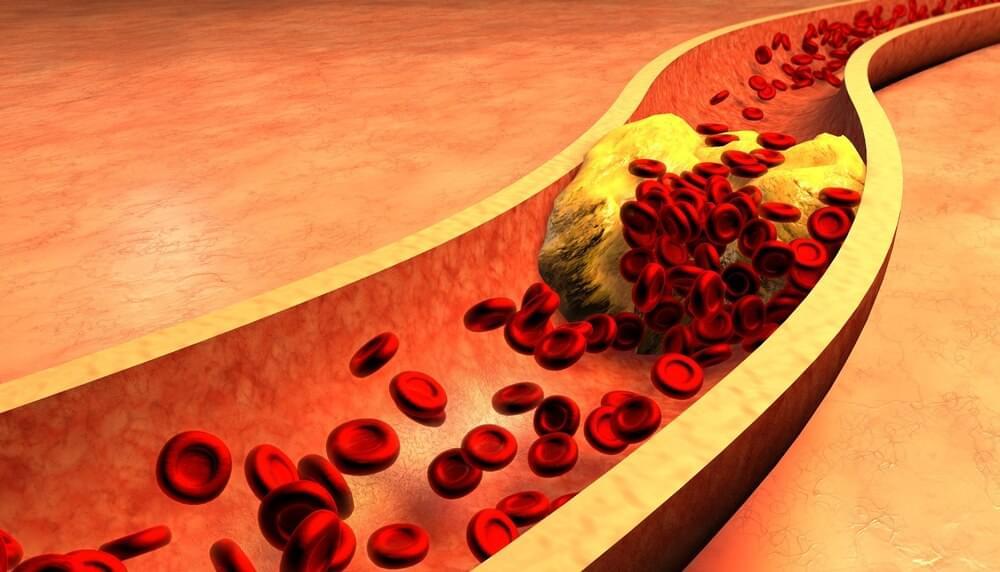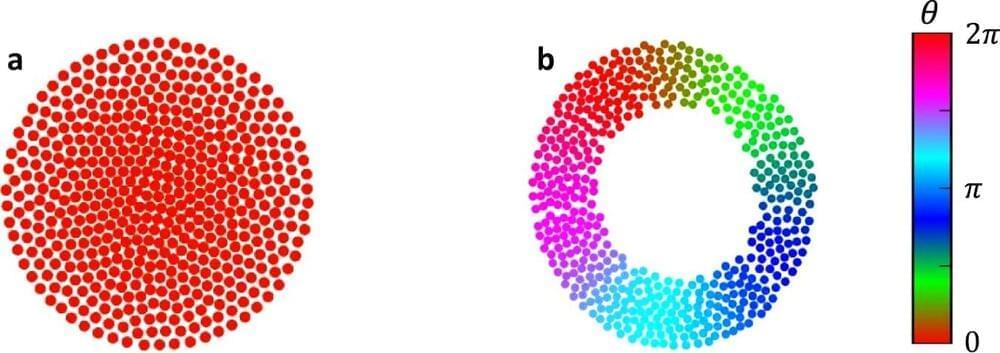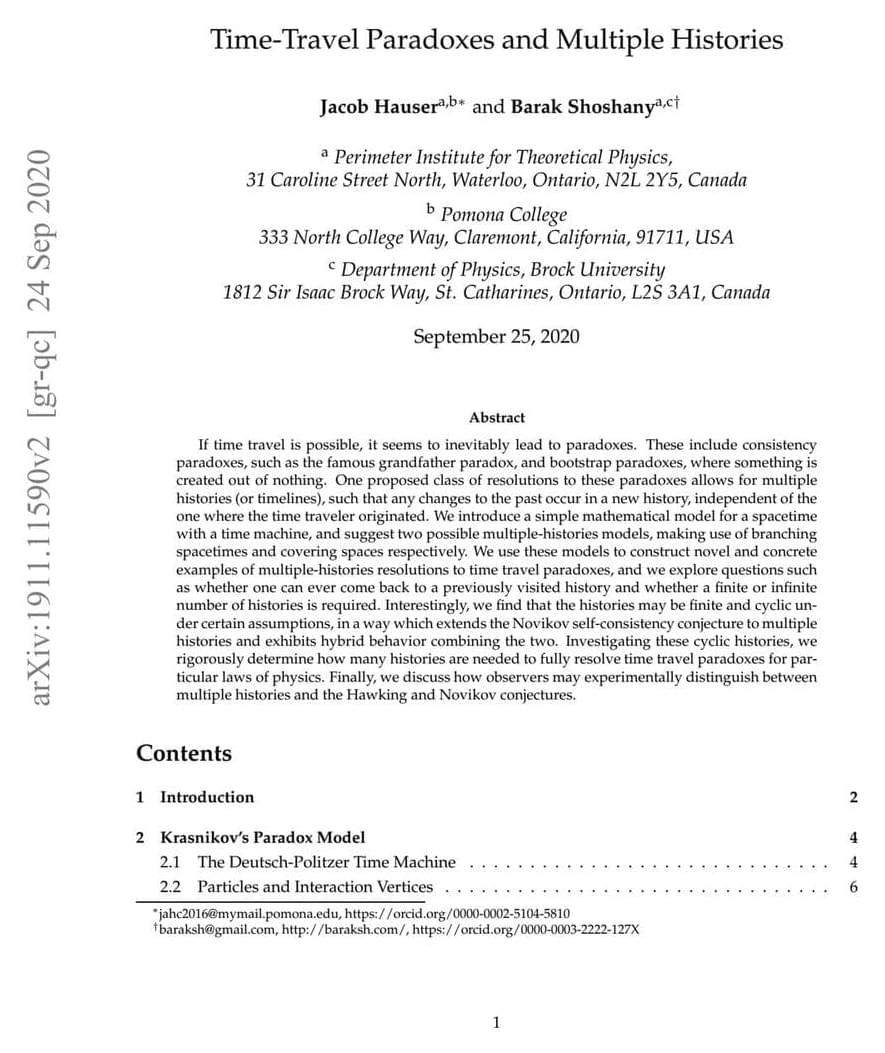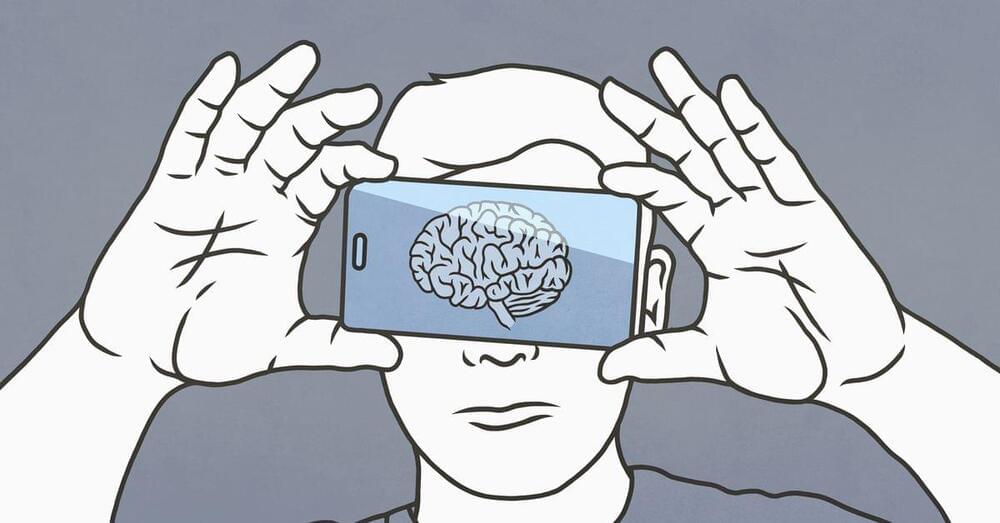In a recent article published in the journal Nutrition, researchers in Australia summarized how diet could help decrease low-density lipoprotein cholesterol (LDLc) or triglyceride concentrations in polygenic hypercholesterolemia.
Study: A Review of Low-Density Lipoprotein-Lowering Diets in the Age of Anti-Sense Technology. Image Credit: Ralwell / Shutterstock.
Elevated LDLc or dyslipidemia, including high levels of total cholesterol, increases the risk of cardiometabolic disorders and cardiovascular diseases (CVDs), especially ischemic heart disease (IHD), if not managed in time. Pharmacological treatment is sometimes a prerequisite for cases with complex dyslipidemia with a genetic component. Subsequently, pharmacological research yielded several highly effective drugs based on monoclonal antibody (mAb) therapy, some of which researchers even reviewed in this paper.







